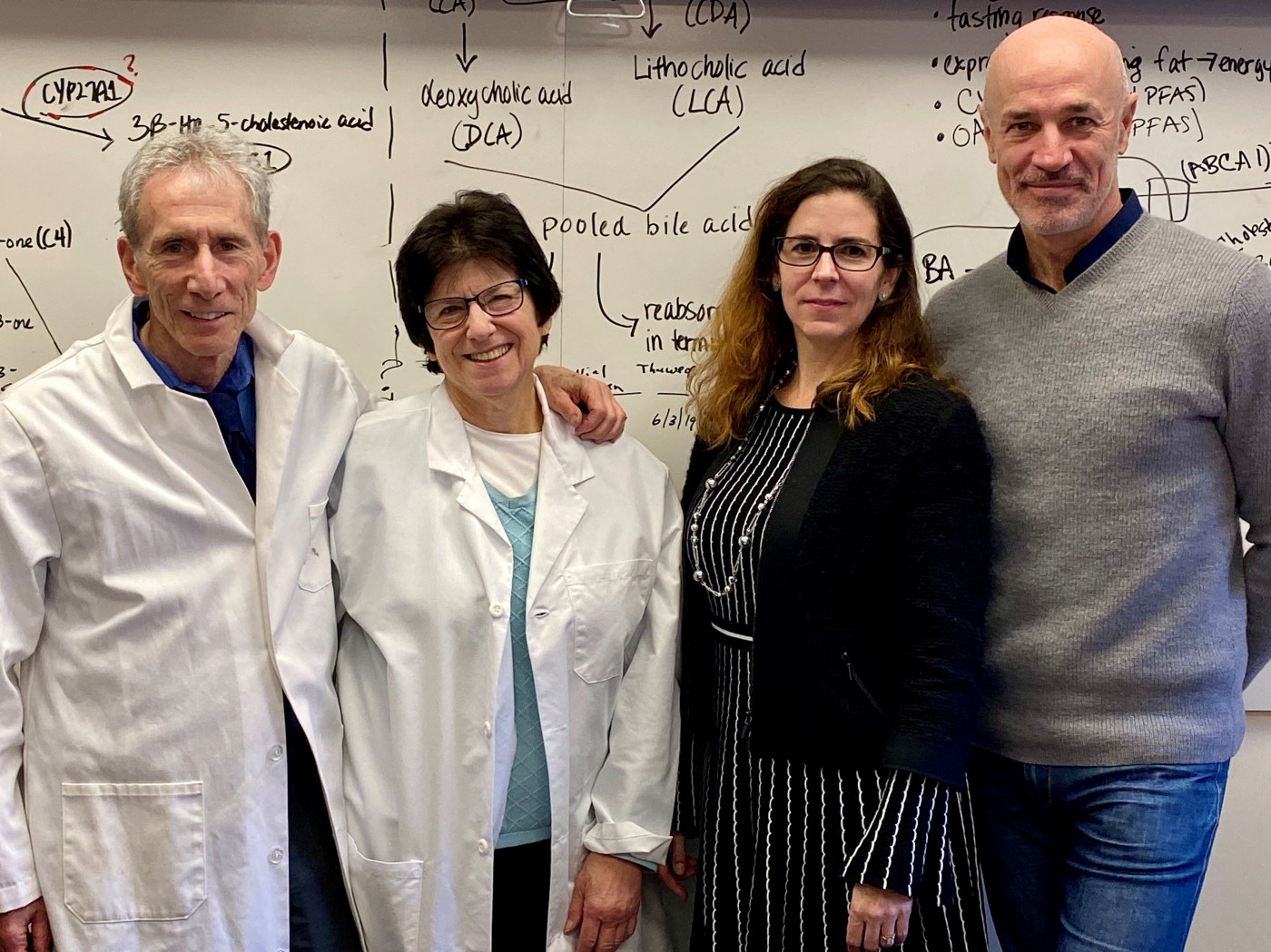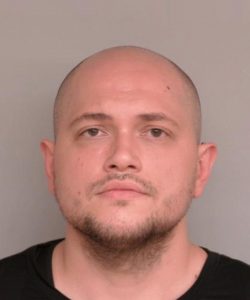
Making breakthroughs in fight against breast cancer
As we enter Breast Cancer Awareness Month, I want to shine a bright light on one of the most incredible local organizations I know and have ever worked with: Find The Cause Breast Cancer Foundation.
While it’s a locally based group of incredible individuals and experts doing astounding work in preventing the disease, their work is garnering international recognition. To celebrate and help keep their life-saving research going further, I want to invite you to join me and my fantastic co-chairs like Katie Lee Biegel of The Food Network at the Prevention Party on Oct. 24 at the Omni Boston Hotel at the Seaport for Find The Cause. (Tickets can be found at Findthecausebcf.org).
As a breast cancer survivor, I know the value of this organization’s approach to the disease. One in eight women will be diagnosed with breast cancer in their lifetime. At the same time, 90% of women who are diagnosed have no family history of it. That means that in those cases, the cause of the disease is coming from our environment.
What Find The Cause does is fund the crucial research of its consortium — a team of four pioneering scientists who are making enormous strides in preventing breast cancer.
My volunteer work with Find The Cause over the years has led me to an enormous appreciation for the groundbreaking and life-saving work that these four scientists are doing.
The four scientists are David H. Sherr and Stefano Monti, professors at Boston University School of Medicine; and Gail E. Sonenshein and Charlotte Kuperwasser, both professors at Tufts University. Their extraordinary work together boils down to two areas.
The first is what they call Primary Prevention: They aim to identify what environmental chemicals are carcinogens and eliminate them. Then there is Secondary Prevention: In this they detect who has been exposed, predict impending cancers, intercept by enhancing cancer immunity; learn how cancers happen, identify their vulnerabilities; and extrapolate to how environmental chemicals contribute to breast cancer.
I was lucky enough to talk with Dr. David Sherr and ask him about the organization’s work and what we can all do to help prevent the disease on our own.
Q: Given that one in eight women will be diagnosed with breast cancer in their lifetime, and 90% of those don’t have any family history of the disease, clearly that means the cause lies elsewhere. What does that mean in terms of what you’re finding?
A: Right now it looks like environmental chemicals or other as-yet-unknown factors contribute to somewhere between 70% and 90% of breast cancers. That means that 70%-90% of breast cancers are theoretically preventable. That’s a lot of saved lives.
Q: What major breakthroughs have you and your colleagues had?
A: What we’re finding is that whole groups of environmental chemicals bastardize some common molecular signaling pathways that normally regulate how cells develop and function. There are two main commonalities to mechanisms of environmental chemical carcinogenesis (cancer induction): 1) environmental chemicals affect how cells grow, when they die, and who the cells think they are, i.e., put cells into an identity crises in which they don’t know to what organ they belong. Consequently, they metastasize throughout the body. 2) Many of these environmental carcinogens suppress the immune system. Almost everybody has had cancer in their past but (hopefully) doesn’t know it because their immune system killed the cancers before they became large enough to detect by imaging or to cause symptoms. If that system is compromised, then the odds of having a full-blown malignancy go up. So it’s kind of a double whammy; environmental chemicals induce normal cells to behave badly and they suppress the immune system, the ultimate failsafe system to kill malignant cells.
Q: And are you working on being able to stop the growth of cancer tumors before they begin?
A: Exactly. As we observe how these molecular pathways and cell fates are disturbed, we’re learning how to intervene on a molecular level. For example, now that we know how at least some of the environmental chemicals work on a molecular level, we’re able to develop non-toxic drugs that block or intercept receptor signaling and cancer formation. We’ve shown that drugs that target the hydrocarbon receptor (AhR) not only minimize the adverse chemical-driven signaling within cells that otherwise would force the cells to march on towards malignant, but they also enhance the immune system. So effectively, one drug is reversing the aforementioned double whammy.
So we’re trying to develop technologies that would be able to detect molecular changes that are harbingers of cells trying to become malignant. Ideally, this would mean a simple blood test that would identify some class of molecules (snippets of cancer cell DNA, RNA, protein or other molecules) present in blood, the profile of which says, “bad stuff coming.” I don’t want to understate how difficult this task is, but we’re making progress.
Q: What are the next steps and goals for your team in this coming year?
A: We have three main goals for this year: 1) Optimize cancer interceptors— benign drugs that block the effect of some environmental carcinogens (e.g., hydrocarbons, dioxins) and boost immunity well before cancer happens. 2) Develop breast organoids from human breast tissue with which we can study the effects of environmental chemicals on breast development and cancer formation in tissue culture. 3) And the hardest of all: Test our ability to detect molecules present in breast tissue and blood that indicate: a) exposure to a carcinogen(s) and; b) the presence of cells that are trying to turn into cancers.
Q: Where are these dangerous chemicals lurking in our everyday life, and what steps can we take to reduce our exposure?
A: Where are they? You name it. Some (e.g., hydrocarbons, dioxins) are in the air we breathe (although the air has been getting better, thanks to the Clean Air Act). In food we eat (e.g., pesticides, herbicides, plasticizers, PFAS, etc.). And in the water we drink (e.g., PFAS, PCBs, heavy metals, pesticides, herbicides, solvents etc). Knowledge is power.
If you go to the Find The Cause website and go to the “Resources” section there, you will see articles and videos that talk about where the chemicals are and how to avoid them.
Q: What are some everyday day things that we can all do to avoid dangerous chemicals in our life that may be causing breast cancer?
A: Educate yourself. Go to findthecausebcf.org and read up. Buy organic. Have your water tested and use reverse-osmosis water filters (charcoal filters are good but not perfect). Check the ingredients list of the products you buy. Use the apps that identify undesirable chemicals in a range of products. If possible, avoid or minimize use of non-stick pans, BPA-containing plastics, cosmetics, and personal care products that contain xenoestrogens, flame-resistant clothes, glyphosate, and other chemical herbicides.
Try not to eat very fatty foods — especially if you’ve already been diagnosed (because these chemicals tend to dissolve in fat as opposed to water). And never microwave food in plastic or pre-made food packets.


